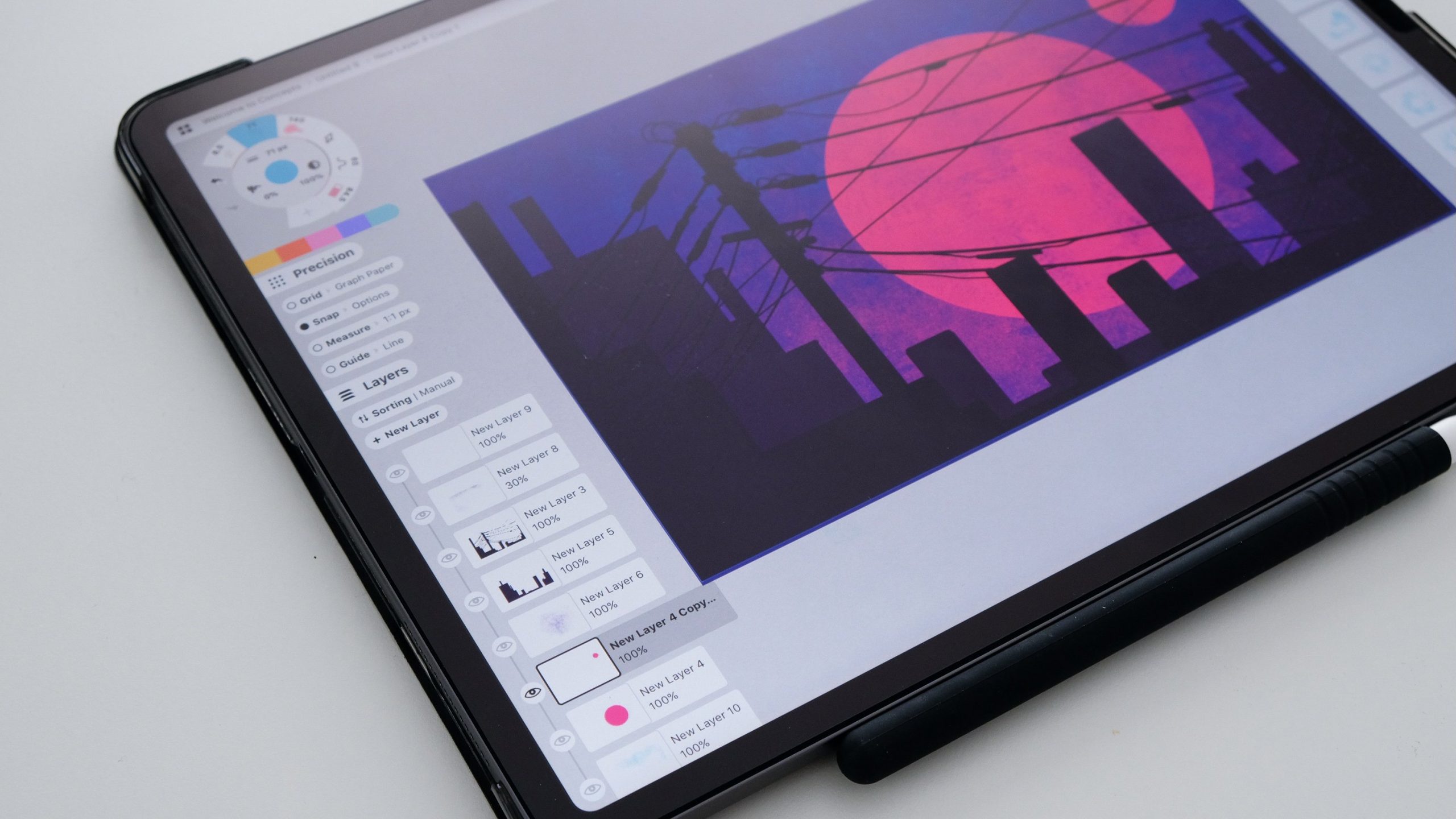Five essential tips for a powerful digital product design

Designing a digital product involves a delicate balancing act while keeping the interest of teammates, clients and users in mind. Specific design principles can help makers reach their goals without much hassle, considering its functionality, aesthetics and usability. With the effective use of different tools, designers can start their projects on the right foot. From coming up with the concept to the entire journey, there are some rules that a designer must remember to succeed at their job, so we have simplified those rules into five tips for you.
Focus on the user’s journey
A well-designed digital product must put user needs at the forefront. The designer must keep the user in mind while creating such products for the best results. This means they should fully know the users’ expectations and demands, from designing a technology logo to a website wireframe. It can be done well by understanding the product’s target audience, what problems they face, what is possible to help solve them and what results they expect.
Choosing who to involve in the decision-making process about design is an integral part of a designer’s job. They need to seek advice from experts in the project and implement their feedback on procedures. First, the creator must involve the client in the process, as the client and their team will have a lot of background information about the product and its users, which can benefit the designer.
The purpose of involving the client is also to ensure that most details about the user can be learned, as research about the user will always be the backbone of any digital product design.
Simplicity is key
Users always appreciate simple designs. Users expect to see instant results whenever they load a website. Given the limitless number of choices that users have when it comes to digital products, they prefer products that are easy to use and require minimal effort.
Users appreciate having a frictionless experience with a product. Unnecessary obstacles are something other than what appeals to the users. This is why it is essential to avoid adding extra forms to any websites, pop-ups that do not benefit the users or even obtuse menus that make it hard for them to navigate the website.
A designer must remember that design elements should be selected wisely and included only if they serve a purpose. By giving clear instructions, making it easy for them to navigate the digital product, and ensuring instant loading of websites, designers can keep the users engaged with their product and enhance the overall user experience.
Data-driven decisions
Even though creators are creatives who need to follow their gut feeling at times to create something unique and compelling, it is essential to rely on data as well. Collecting data and researching are crucial parts of any designer’s process, which can make or break the results. Both quantitative and qualitative data must be managed.

Quantitative data, such as the number of page visits, are mostly numerical and based on interactions. This can help them to understand which design elements work better and which don’t. Similarly, qualitative data, which is based on emotions and characteristics, can also help determine the success or failure of a digital product. Qualitative data includes customer reviews and feedback on any product.
Ensure consistency in design
A user will always appreciate a product that has a seamless flow. This means that designers must ensure their digital product is consistent throughout design. The colours, fonts, and even icons that the designer chooses for one page of the website must be consistent throughout the website because consistency helps create a theme for the website, which the user gets accustomed to.
It is all about building intuitive experiences for the users in which they will instinctively know where the search bar on your website is and where the menu is situated. Consistency makes it much easier for users to navigate your website and gives them a unique digital experience they are bound to remember. The less they have to think when using your digital product, the happier it makes them, and the more positively they will respond to your product.
This can also be done by arranging elements in the visual hierarchy so that users can focus the most on essential elements.
Create a strong design strategy
Creating a solid strategy will pave your way toward success as a designer. The invention process must start with planning and a clear goal in mind. The first thing that any designer needs to do is come up with a clear vision of what they want their product to look like and what solutions will be provided through the product.
Secondly, business objectives must be aligned with design goals to ensure that no unnecessary composition elements are added and the entire design of the digital product helps to achieve the set business goals.
Most importantly, designers should maintain their creativity. Before they finalize their digital product design, they must check if the product is unique and different from what the competitors have created. Furthermore, keep the importance of creativity from being overshadowed by strategic concerns, and convert your plan to be unique and distinctive to stand out from the competition.
Each innovator can choose their path when designing their digital product, and their distinct creativity eventually determines their success. In conclusion, creating a digital product is a multifaceted endeavour, requiring a blend of creativity, strategy and user research. These tips provide a roadmap for crafting a digital product design that is engaging and user-friendly and stands out from the crowd.
Alicia Rother is a freelance content strategist who works with startups and tech companies to boost their brand reach through creative content design and write-ups including digital marketing, infographics, branding or graphic design. Thanks, Alicia!
Stay tuned!

- Contacto DPO: privacy@telecoming.com
- Finalidad del tratamiento: suscripción al blog.
- Legitimación del contrato: consentimiento.
- Destinatario de cesiones o transferencias: no se efectúan transferencias de datos fuera de la UE.
- Derechos de las personas interesadas: acceso, rectificación, supresión, oposición, limitación del tratamiento, portabilidad de los datos e interposición de reclamación ante la AEPD.
